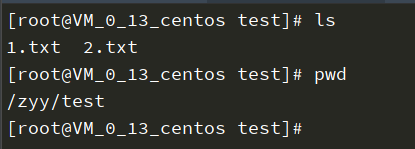一:基本写法样式
(1):第一行
!# --- 魔法字符,指定解释器,必写
/bin/bash 表示使用指定路径下的bash解释器解释
注意:要是路径不在/bin下怎么办,为了通用和兼容性,可以写成
!# /bin/env bash
(2):第二行
一般写脚本的注释,解释里面的变量及方法
(3):第三行
脚本实现代码
!# /bin/env bash # 脚本基本信息描述 # Name:名字 # Desc:描述 # Path:存放路径 # Useage:使用方法 # Update:更新时间 commands.................
(4)例子
任务:创建一个屏幕输出hello的脚本

更改脚本的执行权限:更改后脚本颜色变为绿色。

执行脚本
#! /bin/bash # Name:print_hello # Path:/zyy/shell_test/shell01 # Update:2020/5/20 echo "hello"
当前路径执行

绝对路径执行

关键点:
通过指定的解释器能够排查脚本执行过程中哪一步出错。
bash -x print_test.sh

+ echo hello 要执行的语句
hello 表示执行的结果
bash -n print_test.sh 检查脚本的语法问题
(5)例子
写脚本实现:删除/zyy/test/下的所有文件,然后在zyy/test/下创建三个目录,分别问dir1,dir2,dir3,然后拷贝/etc/hosts文件到dir1里面,最后打印"任务于2020年5月20日完成".

#! /bin/env bash # Name:test01 # Path:/zyy/shell_test/shell01 # Upadate:2020/5/20 rm -rf /zyy/test/* mkdir /zyy/test/dir{1..3} cp /etc/hosts /zyy/test/dir1 echo "任务已经完成:$(date +'%F %T')"


# TODO